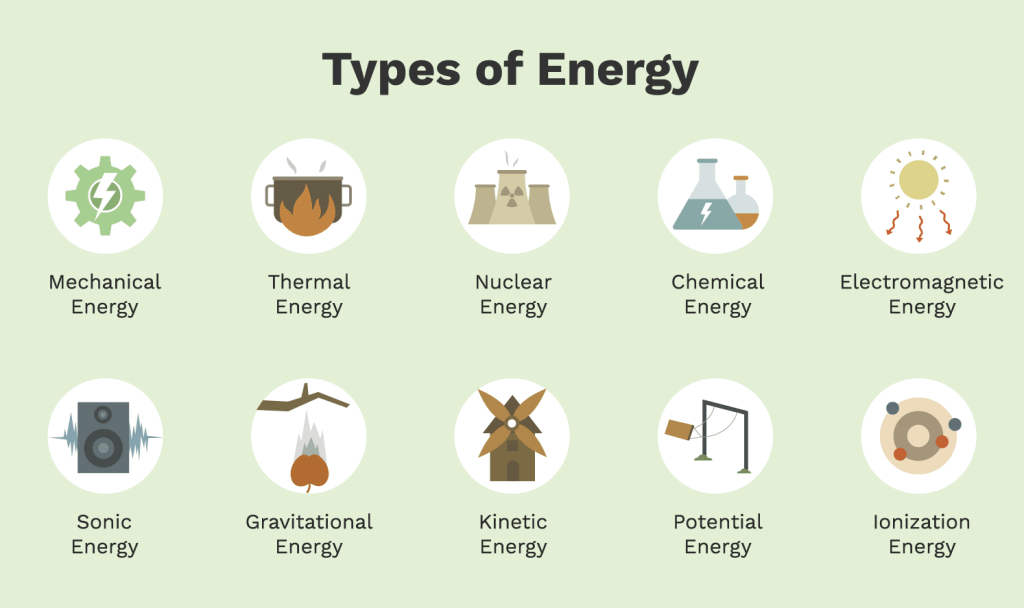
DEFINITION:
- Energy is the capacity to do work.
- It exists in many forms and can be transformed from one form to another.
MAJOR TYPE OF ENERGY:
1) KINETIC ENERGY:

- Kinetic energy is the energy of motion.
- It is the energy possessed by an object due to its motion.
- Examples include the energy of a roller coaster car at the top of a hill, a baseball in flight, or a person running.
2) POTENTIAL ENERGY:

- Potential energy is the energy an object has due to its position or state.
- It is the energy stored in an object due to its position relative to other objects.
Examples include the energy stored in a stretched rubber band, a roller coaster car at the top of a hill, or a book sitting on a shelf
3) CHEMICAL ENERGY:
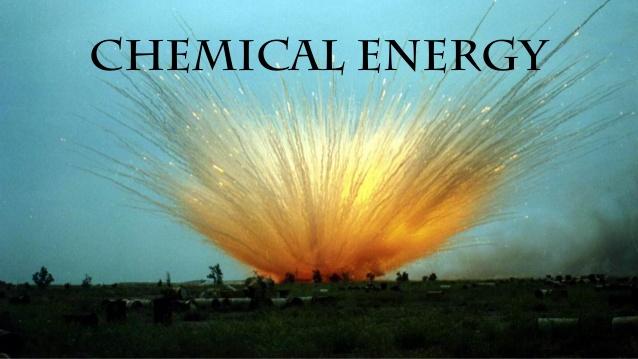
- Chemical energy is the energy stored in the bonds between atoms in a molecule.
- It is released when the bonds are broken, as occurs in burning, digestion, and other chemical reactions.
Examples include the energy released when food is burned in the body, or the energy released when gasoline is burned in an engine.
4) THERMAL ENERGY:
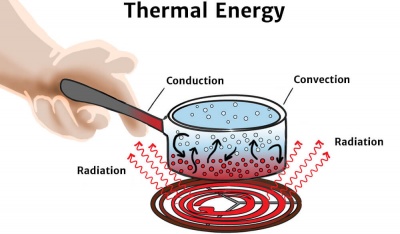
- Thermal energy is the energy of particles in motion due to the temperature of an object.
- It is the energy associated with the motion of particles in a substance.
Examples include the energy of water molecules in steam, or the energy of air molecules in a hot air balloon.
5) ELECTRICAL ENERGY:
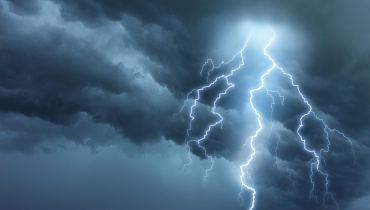
- Electrical energy is the energy of moving electric charges.
- It is the energy of electrons moving through a wire or other conductor.
- Examples include the energy of electrons flowing through a light bulb, or an electric motor.
6) NUCLEAR ENERGY:
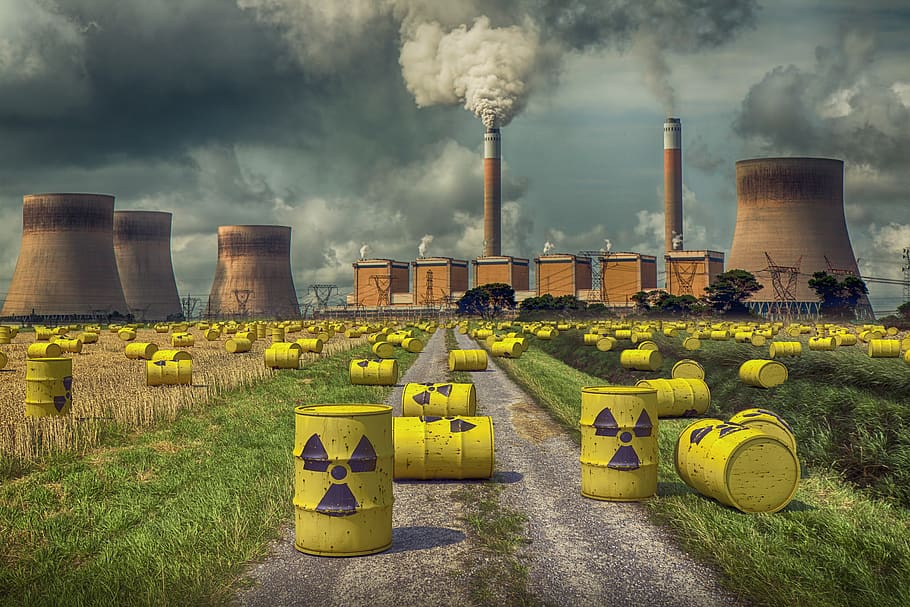
- Nuclear energy is the energy stored in the nucleus of an atom.
- It is released when the nucleus of an atom is split or fused, as occurs in nuclear reactions such as fission and fusion.
- Examples include the energy released in a nuclear power plant, or the energy released in a nuclear bomb.
anergy
